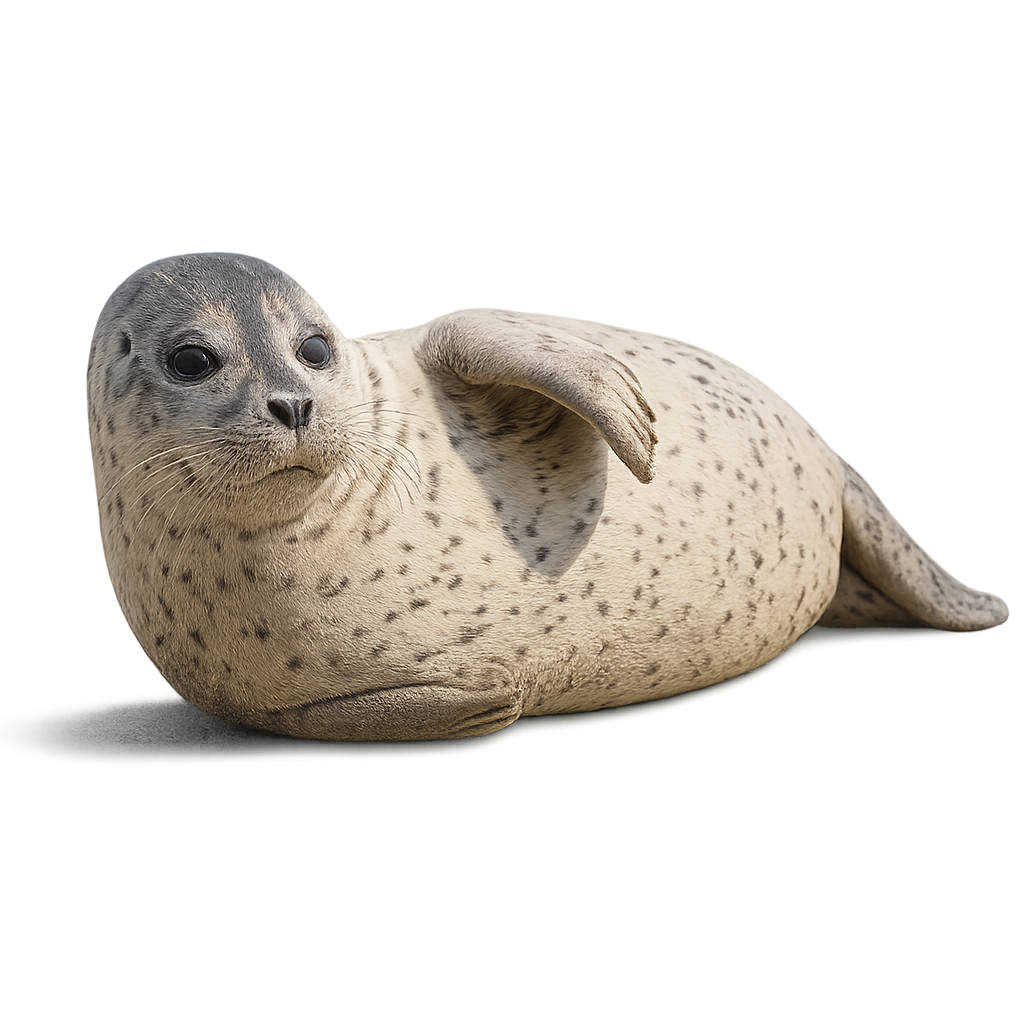Your wildlife photography guide.
Explore the pacific harbor seal in detail, study its behavior, prepare your shots.
Where to observe and photograph the pacific harbor seal in the wild
Learn where and when to spot the pacific harbor seal in the wild, how to identify the species based on distinctive features, and what natural environments it inhabits. The WildlifePhotographer app offers tailored photography tips that reflect the pacific harbor seal’s behavior, helping you capture better wildlife images. Explore the full species profile for key information including description, habitat, active periods, and approach techniques.
Pacific Harbor Seal
Scientific name: Phoca vitulina richardii

IUCN Status: Least Concern
Family: PHOCIDAE
Group: Mammals
Sensitivity to human approach: Suspicious
Minimum approach distance: 30 m
Rut period: May to June
Gestation: 240-250 jours
Births: April to May
Habitat:
Rocky coasts, sandy beaches, estuaries
Activity period :
Activity varies depending on season, weather, or human pressure.
Identification and description:
The Pacific Harbor Seal, or Phoca vitulina richardii, is a widely distributed species of seal found in the coastal waters of the northern hemisphere. These marine mammals are recognizable by their spotted coats, which range from gray to brown, and their rounded faces with large whiskers. They typically measure between 1.5 and 1.9 meters in length and weigh between 55 and 170 kg. Pacific Harbor Seal are agile swimmers, capable of diving up to 500 meters to hunt fish, crustaceans, and mollusks. They spend much of their time resting on beaches, sandbanks, or rocks. Although often solitary, they can gather in groups during the breeding season or to rest.
Recommended lens:
400 mm – adjust based on distance, desired framing (portrait or habitat), and approach conditions.
Photography tips:
When photographing the harbor seal, it is essential to maintain a safe distance of at least 30 meters to avoid disturbing it. Use a telephoto lens of 400 mm or more to capture detailed images without getting too close. The best photos are often taken when the seal is resting on a rock or beach, providing opportunities for captivating portraits. Be patient and wait for the seal to relax to get natural shots.
The WildlifePhotographer App is coming soon!
Be the first to explore the best nature spots, track rutting seasons, log your observations, and observe more wildlife.
Already 1 430 wildlife lovers subscribed worldwide

